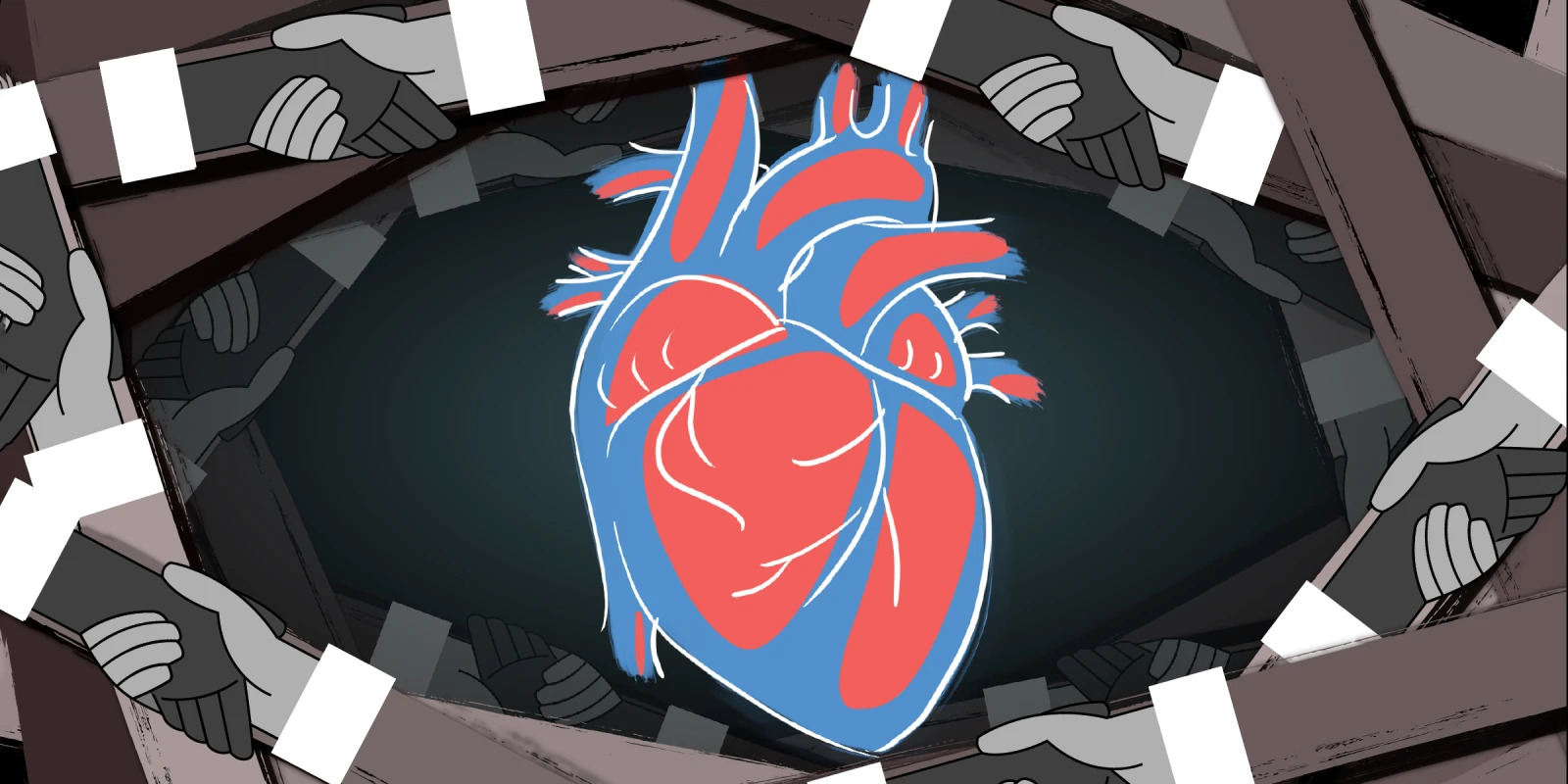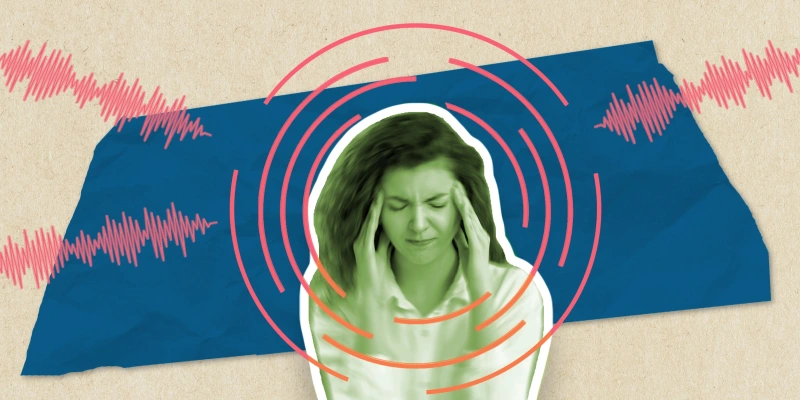The Society of Cardiovascular Angiography (SCAI) 2021 Virtual Scientific Sessions had multiple presentations dedicated to the definition, evaluation, and treatment of complex coronary artery disease.
The concept of complex, high-risk interventional cardiology procedures (CHIP) integrates both high risk coronary anatomy, such as left main coronary interventions and opening chronically occluded arteries, and also clinical considerations such as treating patients with severely impaired ejection fractions. Among the many esteemed presenters was Robert Riley, MD, who presented the SCAI Position Statement on Optimal Percutaneous Interventional Therapy for Complex Coronary Artery Disease. Dr. Riley cited the widespread increase in anatomic and clinical complexity of patients presenting to the cardiac catherization laboratory as the impetus for creating these guidelines. The document provides state of the art clinical evidence regarding percutaneous coronary intervention (PCI) in patients with complex clinical and anatomic features and provides practical procedural guidance on how to achieve optimal outcomes in this complex patient subset. The SCAI statement emphasizes utilizing validated risk prediction tools including the STS (Society of Thoracic Surgery) Score, EuroSCORE II, and the SYNTAX scores. These scoring systems help establish a risk profile that can be utilized to determine whether patients are better suited for surgical or percutaneous therapeutic options, and to better inform procedural considerations. The SCAI position statement elaborates on several common high-risk clinical features including acute coronary syndromes, renal insufficiency, and impaired left ventricular function and cardiogenic shock. Separately, the document outlines potential interventional treatment algorithms for patients with particular anatomic challenges, including left main disease, calcified lesions, in-stent restenosis, saphenous vein graft disease, bifurcation disease, and chronic total occlusions.
The meeting held additional sessions dedicated to emerging therapies for specific complex coronary lesion types, including calcified coronary artery disease. Treating calcified coronary disease is associated with higher rates of mortality, myocardial infarction, and revascularization when compared with coronary disease without severe calcification. Dean Kereiakes, MD from Christ Hospital in Cincinatti, OH highlighted the importance of technologies to modify calcified lesions, emphasizing that calcified coronary disease is associated with high rates of stent under-expansion and poor stent apposition, which increase the risk of acute stent thrombosis as well as in-stent restenosis. Current strategies to treat severe coronary calcium in the cath lab are imperfect and are associated with higher risk of intraprocedural complications, including coronary perforations. The potential for intravascular lithotripsy, (Shockwave Medical, Inc), a newly approved approach to treat calcified coronary lesions has garnered significant attention within the complex PCI community. Dr. Kereiakes summarized data from the DISRUPT CAD clinical trial program which led coronary lithotripsy to receive breakthrough device designation and approval by the FDA in March 2021. Notably, the perforation and abrupt vessel closure rate in the DISRUPT CAD study was exceedingly low, suggesting an enhanced safety profile of the lithotripsy device. There is great interest among the interventional cardiology community, and specifically CHIP operators, in using Shockwave coronary lithotripsy in practice, and we are just learning how to best select those patients and coronary lesions to use this groundbreaking technology.
In considering CHIP approaches versus surgery or medical therapy, there is often equipoise about the best treatment strategy for high-risk or complex patients. The SCAI position statements on complex PCI, and the new expert consensus document on best practices in the cardiac catheterization lab, also presented during the Virtual Sessions, place greater emphasis on utilizing a “heart team” approach. The concept is largely derived from large clinical trials in which specialists from different disciplines (i.e., interventional cardiology and cardiac surgery) were tasked with determining whether patients could be safely and effectively treated with different procedural approaches, such as open surgery versus TAVR for aortic stenosis. Currently, the “heart team” is central to the decision-making process as to whether pursue procedures such as TAVR and percutaneous mitral edge-to-edge repair. The SCAI statements strongly supports the “heart team” approach in treating complex coronary artery disease, as well. The guidance documents suggest that engaging a broad spectrum of stakeholders — including general cardiologists, cardiac imaging specialists, anesthesiologists, and palliative care providers – will better inform decisions for this complex patient subset. Many providers and institutions already rely on formal and informal collaborative efforts among specialists. The SCAI document recommends a consistent, formal process for “heart team” consultations for patients with high clinical and anatomic complexity. Dr. Farrouc Jaffer, an interventional cardiologist in Boston, described this process at the Massachusetts General Hospital, where evaluations of patients with complex coronary disease are anchored by pre-procedural risk score evaluation, current national society guidelines, appropriateness, and multidisciplinary engagement.
Several presentations at SCAI focused on the mitigation, preparedness, and management of complications during complex percutaneous interventions complications. Complex procedures are certainly associated with higher rates of complications. While the overall frequency remains very low among experienced operators, complications during higher risk interventions have the potential to be catastrophic. Examples of infrequent but potentially life-threatening complications include serious vascular complications, coronary perforations, and sudden cardiogenic shock or cardiac arrest. In one session, Manos Brilakis, MD of the Minneapolis Heart Institute, emphasized the importance of familiarity with techniques commonly used during treatment of chronic total occlusions for management of complications in all percutaneous interventions. Preparedness for high-risk, low frequency events was further addressed in the SCAI Expert Consensus on Cardiac Catheterization Laboratory Best Practices, presented by Dr. Srihari Naidu of Westchester Medical Center in New York. One strategy to improve preparedness is to develop specific protocols for management of particular complications, including specific instructions for how to activate key participants and locate the inventory of specialty tools that may be required to acutely address a complication. The document further introduces the potential value of simulation drills for complications incorporating all team members involved in clinical care. These drills should include recognition of complications, activation of emergency protocols, and delivery of therapeutic interventions.
The treatment of complex coronary disease is a rapidly evolving landscape, and new opportunities to treat patients who previously had limited options are expanding. The SCAI Virtual Sessions provided pragmatic education for programs and operators engaged in the care of these uniquely complex patients.
Illustration by April Brust






